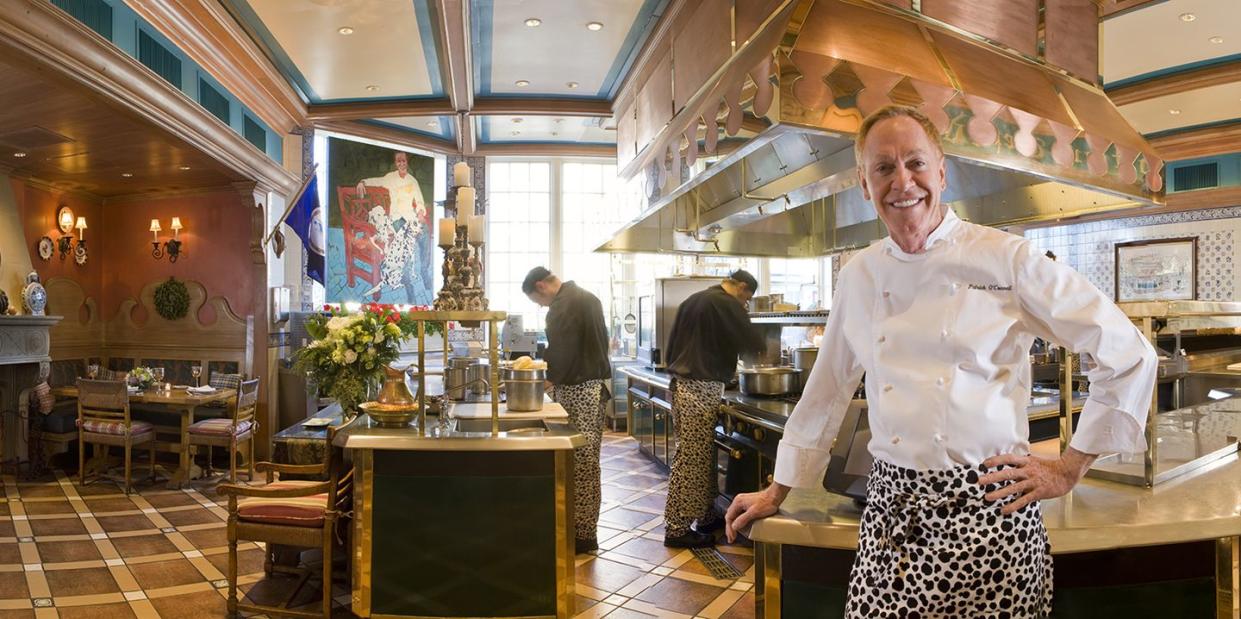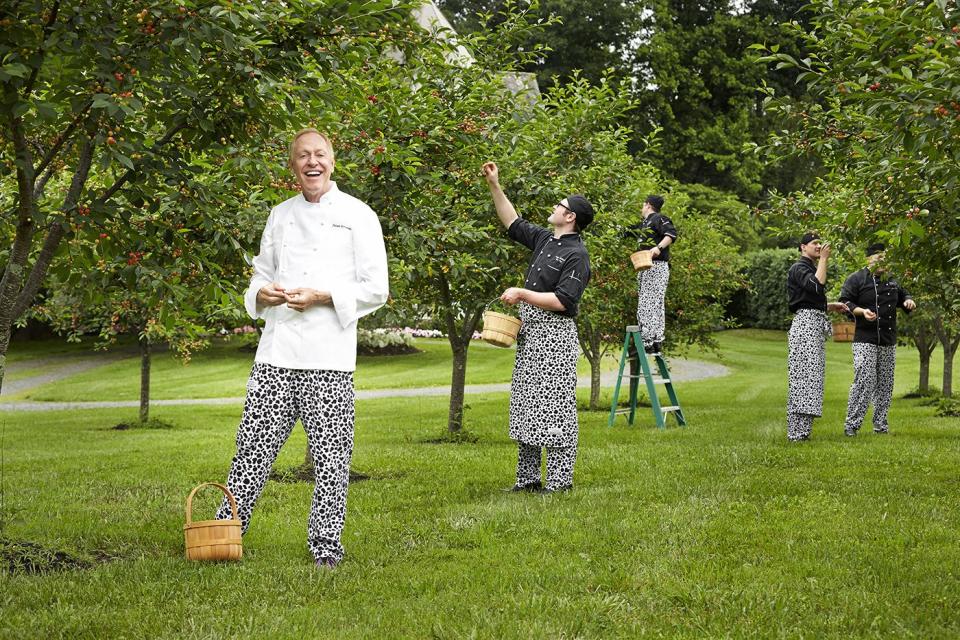Go Behind-the-Scenes as a Legendary Restaurant Battles for Three Michelin Stars

Even in the best of times, it’s nearly impossible to get a table at the Inn at Little Washington—and it’s no wonder why. The 42-year-old establishment in rural Washington, Virginia is the only restaurant in the Washington, D.C. area (and the only one in Virginia) to have been awarded three stars—meaning “cooking worth a special journey”—by the vaunted Michelin Guide. And in 2019 its chef Patrick O’Connell received the James Beard Lifetime Achievement Award for his contributions to American food as well as a National Humanities Medal from the President of the United States.
Still, like every other restaurant in the state right now, it’s closed due to the regulations around the spread of coronavirus. But that doesn’t mean you can’t still get inside: on March 27, a film about the restaurant, The Inn at Little Washington: A Delicious Documentary, premieres on PBS and promises to take you way beyond just the dining room.

The idea to let a film crew into the kitchen came when O’Connell was reminded of something he said nearly 35 years ago in a book called Cooking with New American Chefs. “In that book, I’m talking about how fascinating I find the juxtaposition between the theater taking place in any restaurant’s dining room and what’s happening in the kitchen,” he says. “I actually said, ‘Someday I’d like to make a film about this.’ The diner only sees half of the show, and wouldn’t it be wonderful if you could also clue them into what is happening behind the scenes.”
Not that allowing his precise operation to be filmed was easy. “They’re capturing things you would prefer to edit,” O’Connell says of working with the crew that documented a year in the life of the restaurant. “Every day I walk through my kitchen and see things through my own lens as an imaginary filmmaker—sometimes things I don’t want to see—so I’m always walking around and cleaning things up.”
The real drama of the film, however, isn’t just observing the day-to-day of a high-end restaurant, but also witnessing the Inn’s quest to go from a two-star Michelin rating, which it’s awarded in one of the movie’s opening scenes, to a three-star rating. “Curiously, there has almost never been a recording on film of what we refer to in the business as ‘the call,’ when Michelin calls to tell you whether you’ve gotten two or three stars,” O’Connell says. “Everybody wanted to capture that moment and we said why not, only because we were quite certain that it was going to happen that year. But it didn’t. So, we had to pivot.”
Viewers are treated to watching O’Connell and his team attempt to polish their offerings on and off the plate—let’s just say that camels and hot air balloons both make appearances—all as they’re also planning a series of over-the-top 40th anniversary events including a party at Mount Vernon and a blowout at Château de Vaux-le-Vicomte, the French estate said to be the inspiration for the Palace of Versailles.
It’s a peek behind the curtain of one of the world’s best restaurants as well as an intimate portrait of a chef who not only followed his own singular vision to success, but also brought an international spotlight to a town that had to learn to accept its good fortune. Or, to hear O’Connell tell it, “We kind of view this film as a synthesis between Downton Abbey and Chef’s Table.”
More than anything, the film underscores the amount of hard work and care that goes into creating a restaurant like the Inn—which is planning to expand this year with a casual café, an event space, and a general store—and just how much effort it takes to appear to have good luck. “So much of our story is hard to believe,” O’Connell says. “Looking back, it couldn’t have turned out better.”
You Might Also Like

